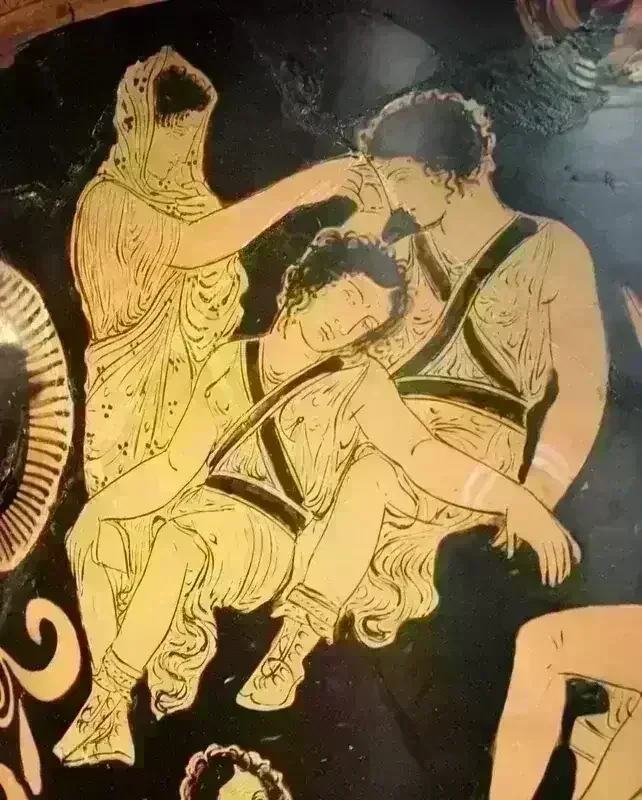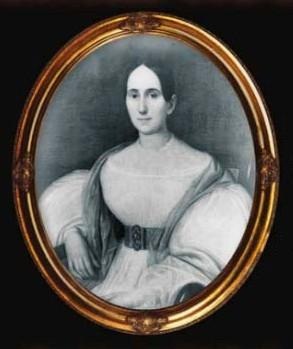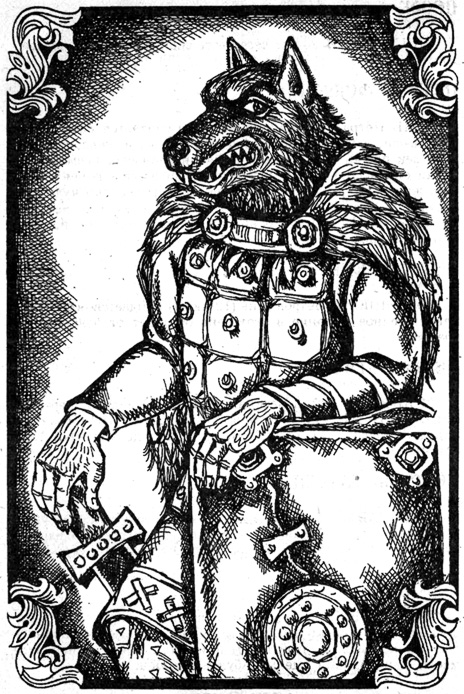Erinyes

The Erinyes (/ɪˈrɪni.iːz/ ih-RI-nee-eez; Ancient Greek: Ἐρινύες, singular Ἐρινύς Erinys), also known as the Eumenides (Εὐμενίδες, "The Gracious Ones") and commonly called the Furies in English, are chthonic goddesses of vengeance in ancient Greek religion and mythology. The Iliad invokes them in a formal oath as "the Erinyes, that under earth take vengeance on men, whosoever hath sworn a false oath." Walter Burkert suggests they embody "the act of self-cursing contained in the oath."
In Roman mythology, they correspond to the Dirae. According to the Roman writer Maurus Servius Honoratus (c. 400 AD), they are called "Eumenides" in hell, "Furiae" on Earth, and "Dirae" in heaven. The Erinyes are similar to other Greek deities known as Poenai.
According to Hesiod's Theogony, the Erinyes emerged from drops of blood that fell on Earth (Gaia) when the Titan Cronus castrated his father Uranus and cast his genitalia into the sea. They were born alongside the Giants and the Meliae, while Aphrodite arose from the sea foam. Pseudo-Apollodorus also reports this lineage.
Alternative accounts describe them as daughters of Nyx ("Night"), while in Virgil's Aeneid, they are offspring of Pluto (Hades) and Nox (Nyx). Some sources claim they were daughters of Eurynome (an Earth deity) and Cronus, or of Earth and Phorcys (the sea). In Orphic literature, they are daughters of Hades and Persephone.
Their exact number remains indeterminate in most sources. Virgil, likely drawing from Alexandrian tradition, identified three: Alecto ("endless anger"), Megaera ("jealous rage"), and Tisiphone ("vengeful destruction")—all appearing in the Aeneid. Dante Alighieri followed this three-figure portrayal in Canto IX of the Inferno, where they confront the poets at the gates of Dis.
Although the Erinyes were typically described as three maiden goddesses, the name Erinys Telphousia was also used as an epithet for the wrathful goddess Demeter, who was worshipped under the title of Erinys in the Arcadian town of Thelpousa.


